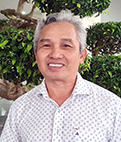 |
The increase in rice prices is a condition for improving quality and restructuring the rice industry towards green and sustainable production. Talking to Hau Giang Newspaper reporters, Economic Expert, Dr. Tran Huu Hiep (photo) said:
- In the current conditions and certainly in the future, rice is not only an important issue for each country but also a global issue approached from the perspective of food security. However, food security today is viewed from many different perspectives and requires integration, which is not only ensuring enough food for people's needs, but also needs to be approached from an economic and commercial perspective so that rice growers and actors in the rice industry chain can live and get rich. In particular, the issue of food security also has humanistic, social and environmental significance. In addition to economic and social benefits, rice production also contributes to reducing greenhouse gas emissions, as well as saving water resources.
Obviously, the positive aspects of the current rice market, although the balance of supply and demand in the world has some shortcomings, but this is an opportunity for Vietnam, with the role and position of one of the three rice exporting powers in the world, especially for the first time, the price of Vietnamese rice has surpassed Thailand. Although 2023 is not yet over, the export turnover value has exceeded 4 billion USD, which shows not only an increase in rice export output but also an increase in value, along with the meaning and opportunity to increase income for rice growers.
According to you, what are the limitations and shortcomings in rice production in our country?
- It must be seen that although our Vietnamese rice industry is taking a new step, shifting from quantity to quality, shifting from mainly agricultural production to agricultural economics from rice grain perspective. But there are still shortcomings, concerns that rice growers have a good harvest and good prices, but sustainability is also a problem. That requires thinking about how to reduce input costs, the production organization process, as well as the output of rice grains to create a smooth rice value chain and bring higher profits. However, the approach to the rice industry is not just about growing rice but also placing the rice industry in a new development space, which is integrated rice. That is, it is very difficult for farmers who only grow rice alone to get rich, especially with fragmented and small-scale production, which requires the connection of actors in the chain.
To overcome the above situation and sustainably develop the rice industry, what do you think is the solution?
- Before we think of a new development space for rice with multi-sector integration, not only rice cultivation but also aquaculture, rice - shrimp for example, then combine agricultural tourism, integrate from the foundation of rice, including thinking of added value from rice production to reduce greenhouse gas emissions to sell carbon credits. However, to have a better space for rice development, to increase value, there are 3 solutions.
Firstly, there must be a physical spatial planning for development, with natural conditions, climate, weather, and soil favorable for rice. Rice can be grown anywhere in the Mekong Delta, but to grow rice with high value, only those areas can develop it. With the Project for Sustainable Development of One Million Hectares of High-Quality, Low-Emission Rice Cultivation Associated with Green Growth in the Mekong Delta by 2030 (1 Million Hectare Project), if well organized, this issue will be integrated.
Second, there are still bottlenecks in policy mechanisms, especially the value chain linkage mechanism, the actors in the value chain are still fragmented. Linking sub-regions is associated with spatial allocation and related policy mechanisms to support the development of the rice industry such as regulations related to land. Because small scale cannot produce large output and rice production to sell carbon credits also requires policy mechanisms. There needs to be cooperation with international organizations to demonstrate that Vietnam is a place with a responsible food supply to the world and at the same time fulfill the commitment to reduce greenhouse gas emissions to zero by 2050.
Third, it is a market-related issue, because today's farmers who want to develop sustainably must be agricultural entrepreneurs and must have a market. Therefore, the management mechanism of the rice value chain, including rice export, the problem of rice supply and demand needs to be answered, not the worry that when rice prices go up, it will affect food security, or when rice prices go down, it will be worried about rescuing rice for farmers.
Hau Giang always focuses on promoting green and sustainable rice production.
To reduce greenhouse gas emissions, what do farmers and businesses need to do, sir?
- We must improve the social responsibility and environmental responsibility of businesses and actors involved in the production or trading process. Approaching the commercialization of carbon credits, coordinating with international organizations to set specific standards, and providing farming processes that reduce greenhouse gas emissions. There are criteria for green production and green growth. That process must be widely publicized and take businesses as the leading nucleus and the surrounding satellite system to form a network of cooperatives and farmer households to participate. It is these actors that turn the criteria and regulations into reality and we must create a market for carbon credits.
Currently, the reality in Vietnam clearly needs more information from state agencies and consulting organizations so that farmers can understand better. This is an opportunity, but opportunities always have challenges. To create value from the perspective of carbon credits that can be sold, greenhouse gas emissions must be reduced. Along with that, processes must be implemented, in which economic problems, production organization and legal regulations must be complied with. The answer here is an inter-sectoral approach and coordination, in which the roles of three actors are state agencies; scientists and consultants; businesses, cooperatives and farmers, to solve the problem of farmers and businesses collecting a sum from selling carbon credits, instead of simply selling rice.
Thank you!
Performed by HOAI THANH
Source


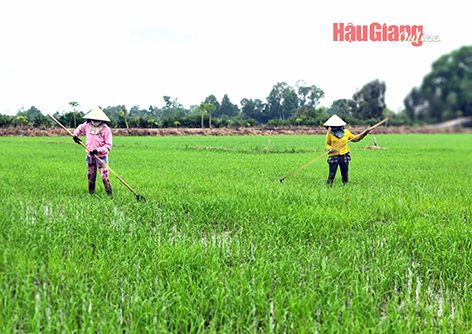

![[Photo] Prime Minister Pham Minh Chinh launched a peak emulation campaign to achieve achievements in celebration of the 14th National Party Congress](https://vphoto.vietnam.vn/thumb/1200x675/vietnam/resource/IMAGE/2025/10/5/8869ec5cdbc740f58fbf2ae73f065076)

![[Photo] Prime Minister Pham Minh Chinh chairs the Government's online conference with localities](https://vphoto.vietnam.vn/thumb/1200x675/vietnam/resource/IMAGE/2025/10/5/264793cfb4404c63a701d235ff43e1bd)


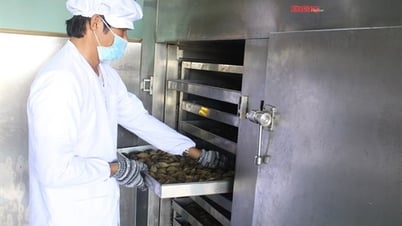



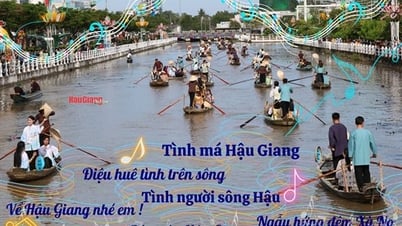
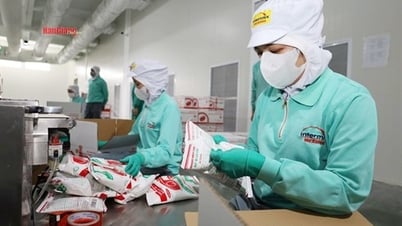
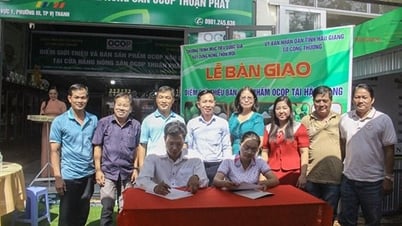




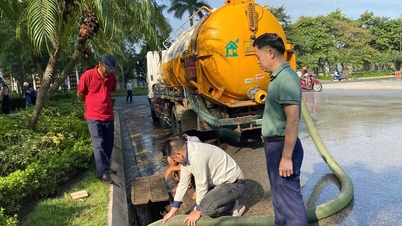
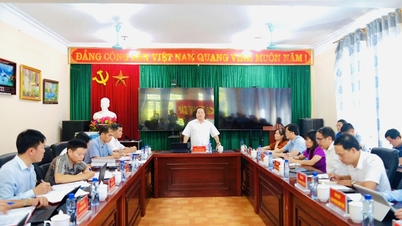
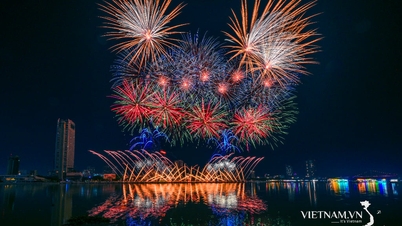
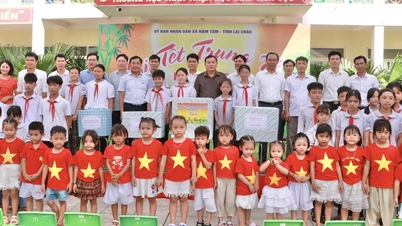
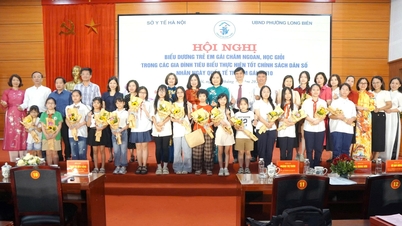
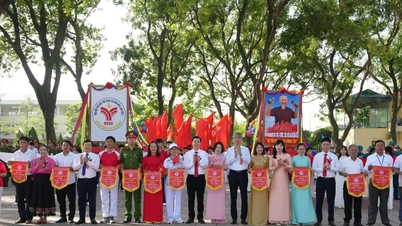


























![[VIDEO] Summary of Petrovietnam's 50th Anniversary Ceremony](https://vphoto.vietnam.vn/thumb/402x226/vietnam/resource/IMAGE/2025/10/4/abe133bdb8114793a16d4fe3e5bd0f12)

![[VIDEO] GENERAL SECRETARY TO LAM AWARDS PETROVIETNAM 8 GOLDEN WORDS: "PIONEER - EXCELLENT - SUSTAINABLE - GLOBAL"](https://vphoto.vietnam.vn/thumb/402x226/vietnam/resource/IMAGE/2025/7/23/c2fdb48863e846cfa9fb8e6ea9cf44e7)














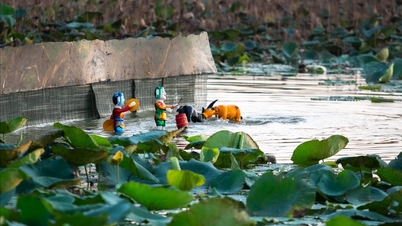

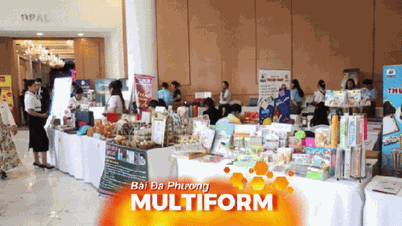
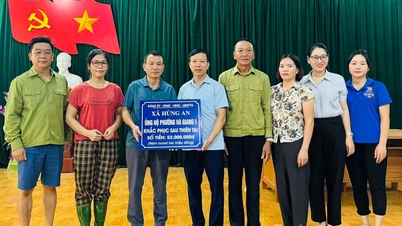

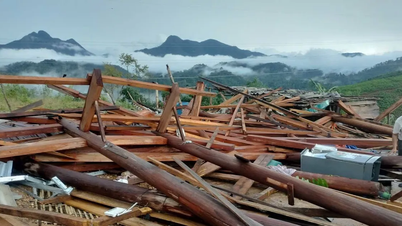
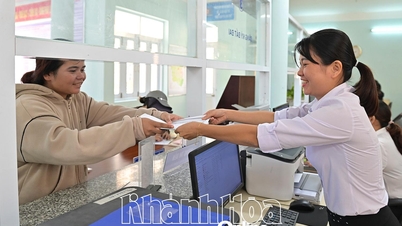














Comment (0)